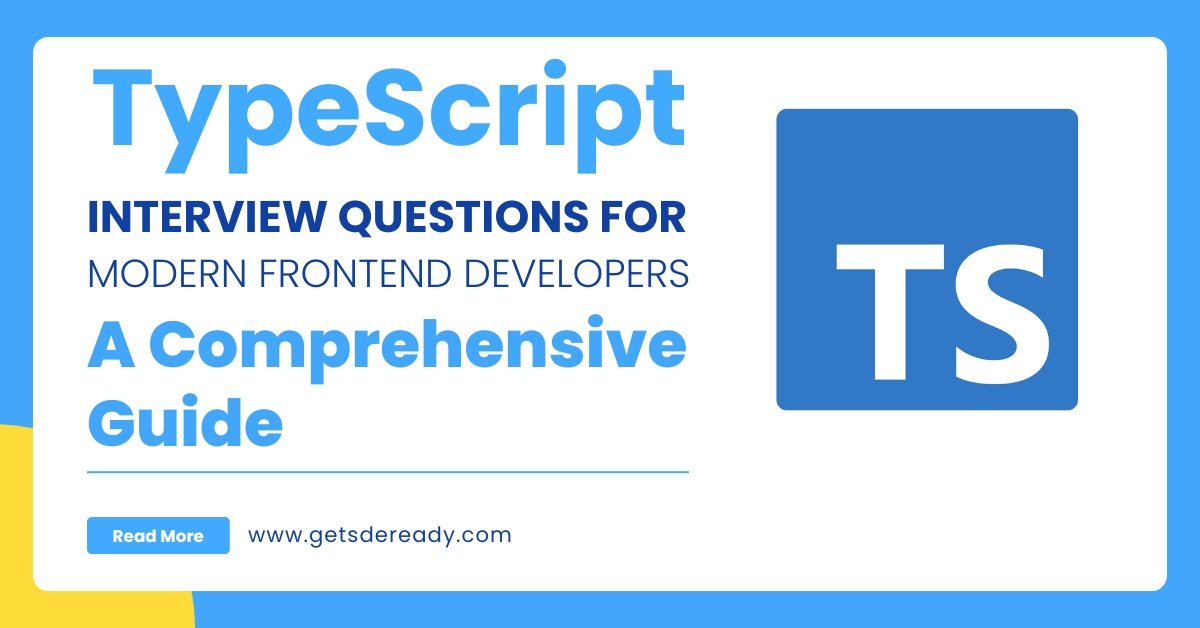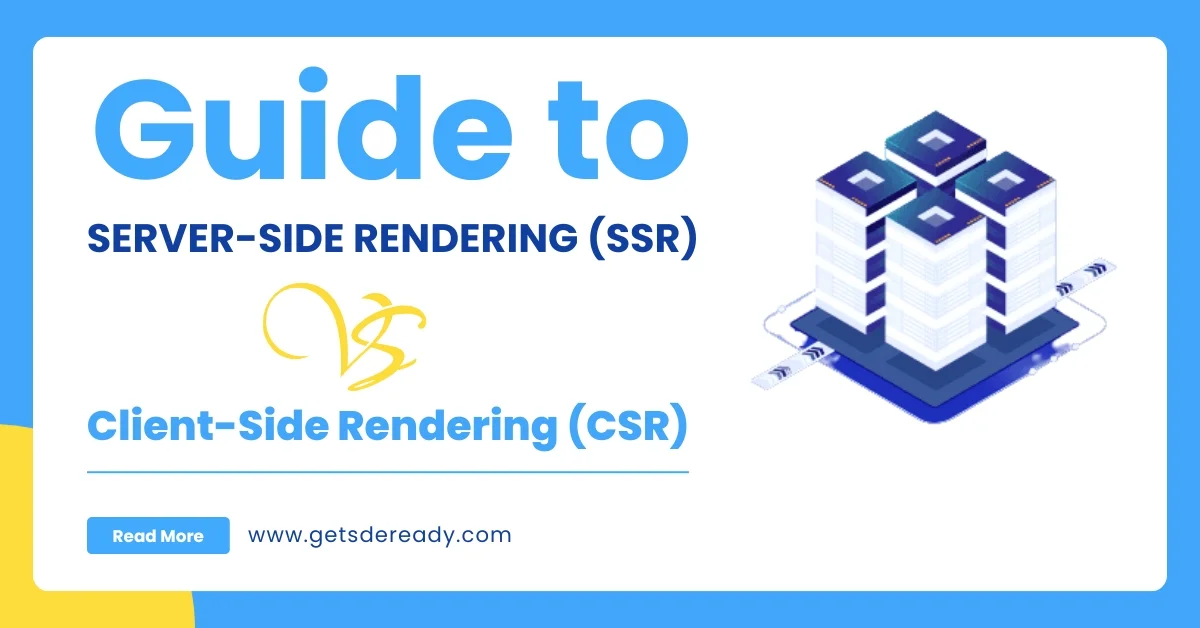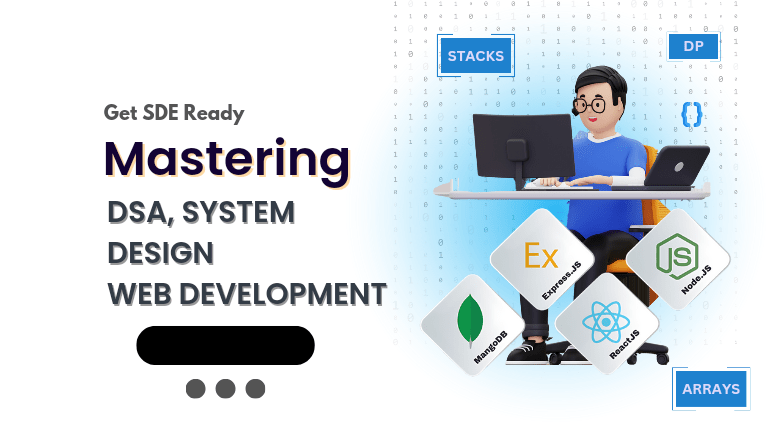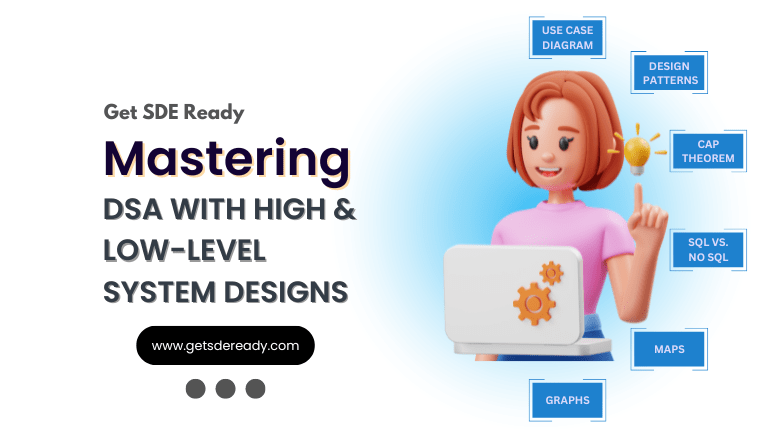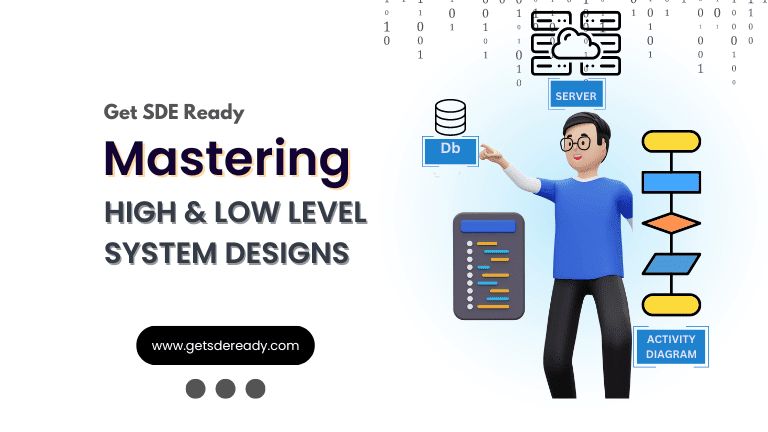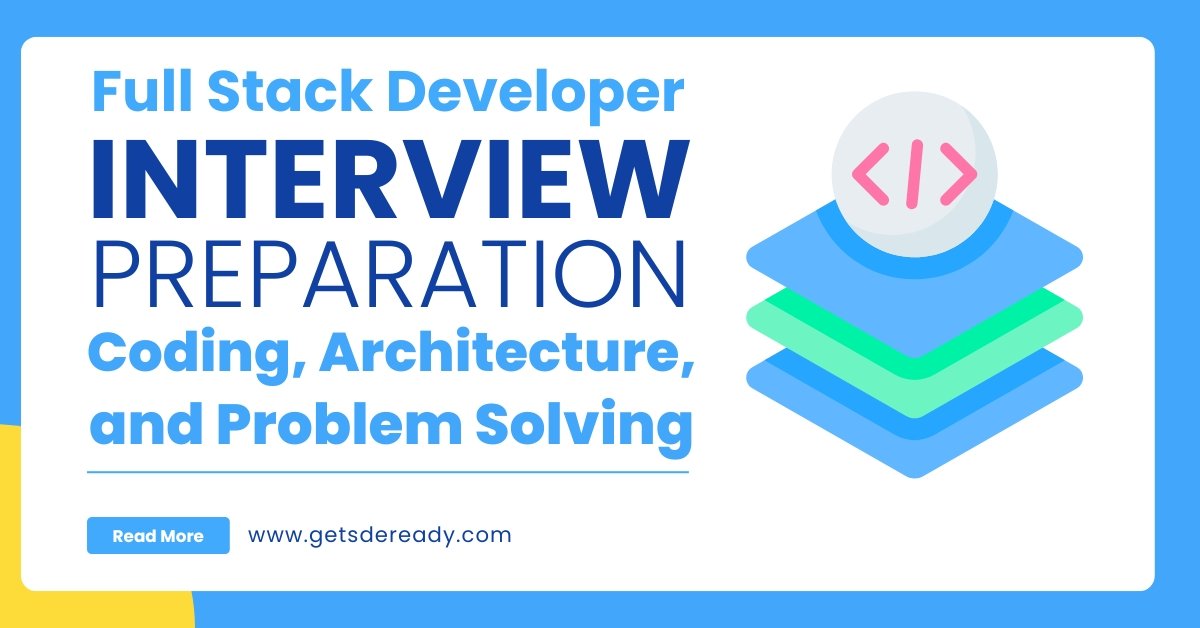
How to Crack High-Level System Design Rounds at Top Tech Companies
Landing a job at top tech companies such as Google, Amazon, and Microsoft is a dream for many software engineers. The system design interview is one of the most crucial stages in the hiring process for software engineering roles. A high-level system design round evaluates a candidate’s ability to design scalable, reliable, and efficient systems, showcasing both technical knowledge and problem-solving skills. In this article, we’ll discuss how you can crack these high-level system design interviews with the right strategies and preparation.
Understanding the Importance of System Design Interviews
What System Design Interviews Evaluate
System design interviews assess a candidate’s ability to tackle complex problems, think critically, and design large-scale systems. These interviews focus on real-world challenges such as handling millions of users, ensuring system reliability, optimizing performance, and maintaining scalability.
By the end of the interview, candidates are expected to demonstrate their understanding of system architecture, trade-offs, and design principles. The interviewer looks for clarity of thought, attention to detail, and a structured approach to problem-solving.
Key Skills Required for System Design Interviews

The primary skills tested in system design interviews include:
- Scalability: Ability to design systems that can handle increased load.
- Reliability: Designing systems with minimal downtime and failure.
- Maintainability: Ensuring systems can be easily updated and debugged.
- Efficiency: Optimizing systems for performance.
- Communication: Explaining technical concepts clearly.
By focusing on these areas, candidates can build a strong foundation for cracking system design rounds.
Preparing for High-Level System Design Interviews
Build a Strong Foundation in Data Structures and Algorithms
Data Structures and Algorithms (DSA) form the backbone of system design. Understanding how different data structures work and how algorithms can be applied to solve real-world problems is crucial for system design. During the interview, your ability to break down problems into smaller sub-problems using these tools will significantly impact your performance.
Recommended Topic: Key System Design Questions for Tech Interviews
- Trees: Learn how tree structures like AVL trees, B-trees, and tries work, especially in databases and routing algorithms.
- Hashing: Hash maps, hash tables, and hash functions are critical for system design when designing scalable databases.
- Graphs: Graph theory plays a huge role in systems like social networks, recommendation engines, and pathfinding algorithms.
Understand Design Principles and Patterns
System design is not just about knowing how to write code. It requires applying design principles and patterns that have stood the test of time. These patterns help you solve common problems in a standardized way.
Recommended Topic: Top 15 System Design Frameworks in 2025
Some design principles and patterns to focus on:
- Separation of Concerns: Breaking down a system into distinct, manageable components.
- Single Responsibility Principle (SRP): Each component should have a single responsibility.
- Microservices Architecture: Designing systems with independent services that can be scaled individually.
- Load Balancing: Ensure your system can handle traffic spikes efficiently.
By mastering these concepts, you’ll be able to apply them during interviews to design efficient systems.
Structure Your Approach to System Design Interviews

Break Down the Problem into Manageable Parts
One of the most critical steps in system design interviews is breaking down the problem. Don’t try to solve the entire system all at once. Instead, start with understanding the core requirements of the system. What is the system supposed to do? What are the key features? What are the performance and scalability requirements?
By breaking the problem into parts, you can focus on designing each component effectively.
Recommended Topic: Top 10 Full-Stack Interview Questions
- Functional Requirements: What should the system do? For example, if you’re designing a social media platform, users should be able to post, comment, like, and follow.
- Non-Functional Requirements: How should the system behave under load, including considerations like latency, throughput, and fault tolerance.
Sketch High-Level Architecture
Once you have a clear understanding of the problem, start sketching the high-level architecture. Don’t worry about fine details yet. Focus on the big picture:
- What components are needed?
- How do they interact with each other?
- How does data flow through the system?
Use simple diagrams to help illustrate your design. Visual aids will help you and the interviewer see the overall structure of the system.
Identify Key Components and Define Their Roles
Next, identify the key components of the system and define the roles each plays. A typical system design may include the following:
- Frontend: The user interface and experience.
- Backend: The server-side logic, APIs, and database.
- Databases: Choose between SQL and NoSQL based on data structure and access patterns.
- Caching Layer: To speed up frequent queries and reduce load.
- Queueing System: To handle tasks asynchronously and ensure smooth performance under high load.
Focus on Scalability and Performance
Plan for Horizontal Scaling
In system design interviews, scalability is crucial. Horizontal scaling involves adding more machines to distribute the load. This is the preferred method for handling large volumes of traffic.
Recommended Topic: Top 20 Software Frameworks for 2025
Here’s how to approach scalability:
- Sharding: Splitting databases into smaller chunks and distributing them across servers.
- Replication: Duplicating data across multiple machines to ensure high availability.
- Distributed Systems: Design systems where components work independently but communicate with each other.
Also Read: Top 15 Blockchain Beginner Questions
Optimize for Performance
High-performance systems are essential, especially in high-level system design interviews. Focusing on:
- Caching: Use technologies like Redis or Memcached to store frequently accessed data.
- Asynchronous Processing: Use queues or background workers to handle tasks like sending emails or processing images.
Top 10 Mobile App Design Questions could also involve performance-related challenges for apps.
Anticipate Real-World Challenges
Handle Failures Gracefully
No system is perfect, and failures are inevitable. It’s important to design systems that can handle failures gracefully. This includes:
- Graceful Degradation: If one part of the system fails, others should still function.
- Fallback Mechanisms: For example, if a database fails, switch to a backup.
- Retries: Automatically retry failed requests with exponential backoff.
Practice with Mock Interviews and Real-Life Scenarios
Engage in Mock Interviews
Mock interviews are invaluable for practicing your system design skills. Engage with peers, mentors, or use online platforms to simulate real-world interview conditions. This will help you refine your design process and boost your confidence.
Recommended Topic: Top 10 Google Software Engineering Questions
Solve Real-World Problems
Try solving real-world problems to improve your design thinking. Websites like LeetCode and HackerRank offer system design challenges. These platforms allow you to apply theoretical knowledge to practical scenarios.
FAQs
1. How can I improve my system design skills for interviews?
Improving your system design skills involves understanding design patterns, focusing on scalability, and practicing problem-solving. Engaging in mock interviews and solving real-world problems can also enhance your ability. To get hands-on practice, check out courses like Master DSA, Web Dev & System Design.
2. What resources can help me prepare for system design interviews?
You can use platforms like LeetCode and HackerRank for practice. Additionally, enrolling in comprehensive courses such as Web Development & System Design will give you structured learning and valuable insights for your interview prep.
3. Should I focus on DSA or system design first?
Both are essential, but starting with DSA can help you develop problem-solving skills needed for system design. Once you’re comfortable with DSA, move on to system design to see how these skills apply in real-world scenarios. Consider courses like Design & DSA Combined for a complete learning experience.
4. How do I build a strong portfolio for system design interviews?
Building a strong system design portfolio involves creating projects, working on real-world problems, and gaining practical experience. To strengthen your portfolio, consider taking courses such as DSA & Web Development to enhance both your design and development skills.
5. Where can I learn data science to prepare for interviews?
To boost your data science knowledge and prepare for interviews, you can enroll in a course like Data Science. These courses will help you master the essential skills and concepts needed for data-related roles.
Accelerate your Path to a Product based Career
Boost your career or get hired at top product-based companies by joining our expertly crafted courses. Gain practical skills and real-world knowledge to help you succeed.
Reach Out Now
If you have any queries, please fill out this form. We will surely reach out to you.
Contact Email
Reach us at the following email address.
Phone Number
You can reach us by phone as well.
+91-97737 28034
Our Location
Rohini, Sector-3, Delhi-110085

